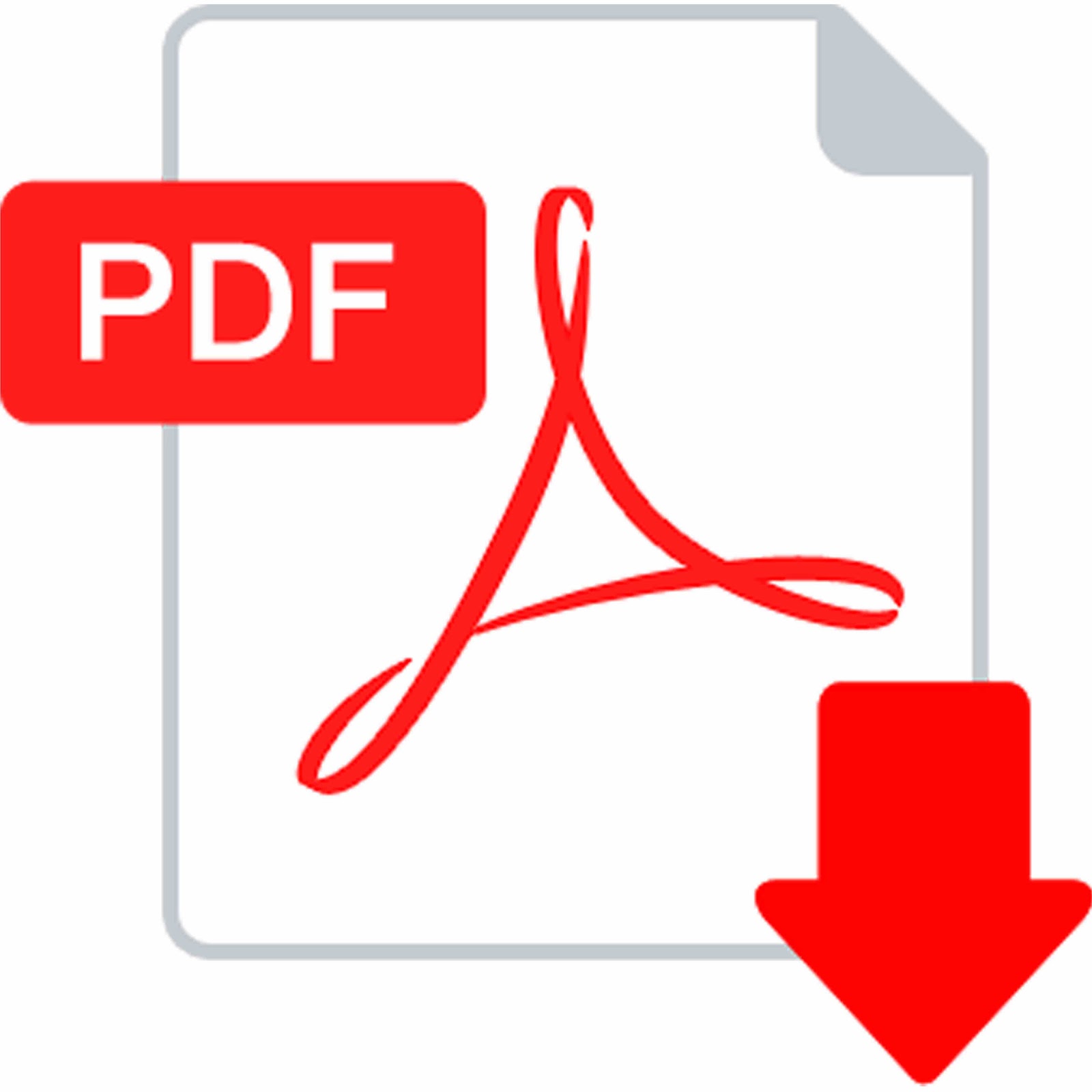Thomas W Sedlak 1, Bindu D Paul 2, Gregory M Parker 3, Lynda D Hester 2, Adele M Snowman 2, Yu Taniguchi 3, Atsushi Kamiya 3, Solomon H Snyder 1 2 4, Akira Sawa 3
Affiliations expand
- PMID: 30692251
- PMCID: PMC6377501
- DOI: 10.1073/pnas.1817885116
Free PMC article
Abstract
Glutamate is the most abundant excitatory neurotransmitter, present at the bulk of cortical synapses, and participating in many physiologic and pathologic processes ranging from learning and memory to stroke. The tripeptide, glutathione, is one-third glutamate and present at up to low millimolar intracellular concentrations in brain, mediating antioxidant defenses and drug detoxification. Because of the substantial amounts of brain glutathione and its rapid turnover under homeostatic control, we hypothesized that glutathione is a relevant reservoir of glutamate and could influence synaptic excitability. We find that drugs that inhibit generation of glutamate by the glutathione cycle elicit decreases in cytosolic glutamate and decreased miniature excitatory postsynaptic potential (mEPSC) frequency. In contrast, pharmacologically decreasing the biosynthesis of glutathione leads to increases in cytosolic glutamate and enhanced mEPSC frequency. The glutathione cycle can compensate for decreased excitatory neurotransmission when the glutamate-glutamine shuttle is inhibited. Glutathione may be a physiologic reservoir of glutamate neurotransmitter.
Keywords: acivicin; glutamate; glutathione; mEPSC; neurotransmission.
